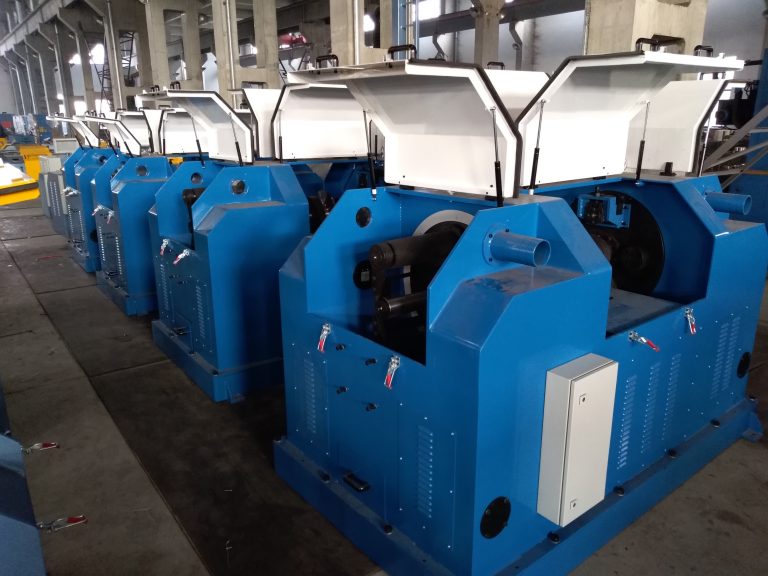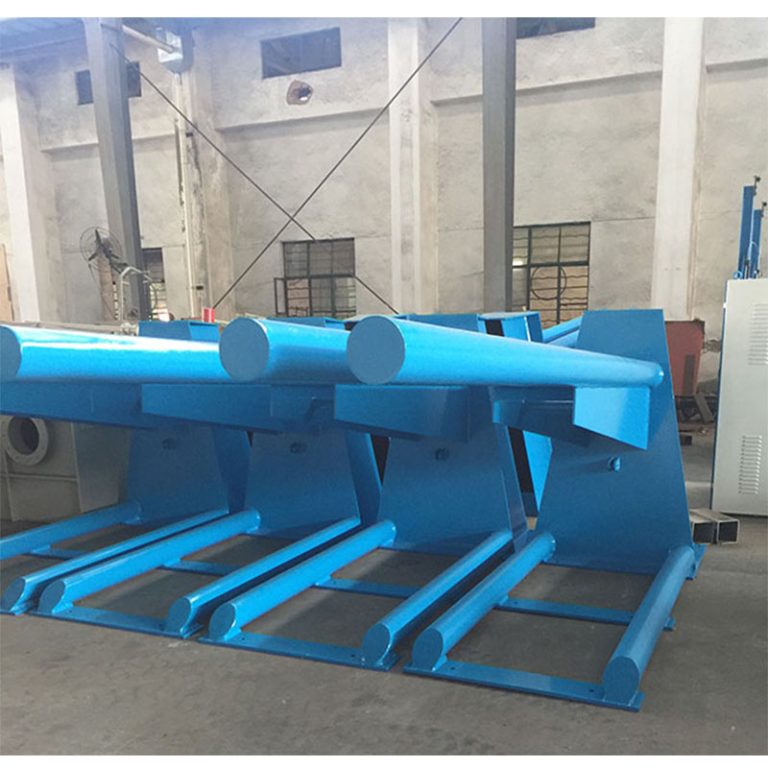Best Practices for Applying Descaler on Steel Wire Rods
Belt Descaler play a crucial role in the surface pre-treatment of steel wire rods. They are used to remove oxides, scales, and other impurities from the surface of the wire rods, ensuring that they are clean and ready for further processing. In this article, we will discuss the best practices for applying descaler on steel wire rods to achieve optimal results.

One of the key factors to consider when applying descaler on steel wire rods is the concentration of the descaling solution. It is important to use the correct concentration to ensure effective removal of impurities without damaging the surface of the wire rods. A solution that is too concentrated can lead to excessive etching of the surface, while a solution that is too dilute may not be effective in removing all impurities. It is recommended to follow the manufacturer’s guidelines for the correct concentration of the descaling solution.
Another important factor to consider is the temperature of the descaling solution. The temperature of the solution can affect the effectiveness of the descaling process. In general, higher temperatures can help to accelerate the removal of impurities from the surface of the wire rods. However, it is important to ensure that the temperature is not too high, as this can also lead to excessive etching of the surface. It is recommended to maintain the descaling solution at the optimal temperature recommended by the manufacturer.
The application method of the Wire Rod Descaling Machine is also crucial in achieving optimal results. There are various methods for applying descaler on steel wire rods, including immersion, spraying, and brushing. The method chosen will depend on the specific requirements of the application. Immersion is often used for large batches of wire rods, while spraying is more suitable for smaller batches or for wire rods with complex shapes. Brushing can be used for targeted removal of impurities from specific areas of the wire rods. It is important to choose the most appropriate application method to ensure uniform coverage and effective removal of impurities.
Proper rinsing of the wire rods after descaling is essential to remove any residual descaling solution and prevent contamination of the subsequent processing steps. It is recommended to rinse the wire rods thoroughly with clean water to ensure that all traces of the descaler are removed. This will help to prevent any adverse effects on the surface of the wire rods and ensure that they are clean and ready for further processing.

In conclusion, applying descaler on steel wire rods requires careful consideration of various factors, including the concentration of the descaling solution, the temperature of the solution, the application method, and the rinsing process. By following the best practices outlined in this article, manufacturers can ensure that their steel wire rods are properly pre-treated and ready for further processing. Proper surface pre-treatment is essential for achieving high-quality end products and maintaining the integrity of the wire rods throughout the manufacturing process.
How to Choose the Right Descaler for Steel Wire Rod Surface Pre-Treatments
Descalers play a crucial role in the pre-treatment process of steel wire rod surfaces. They are used to remove oxides, scales, and other impurities from the surface of the wire rod, ensuring that it is clean and ready for further processing. Choosing the right Belt descaling machine is essential to achieving the desired surface finish and ensuring the quality of the final product.
When selecting a descaler for steel wire rod surface pre-treatments, there are several factors to consider. The first consideration is the type of scale or oxide present on the surface of the wire rod. Different descalers are designed to remove specific types of impurities, so it is important to choose a descaler that is effective against the particular contaminants present on the wire rod.

Another important factor to consider is the composition of the wire rod itself. Some descalers may be too harsh for certain types of steel, leading to damage or corrosion of the surface. It is important to choose a descaler that is compatible with the material of the wire rod to ensure that it effectively removes impurities without causing any harm to the surface.
The concentration and temperature of the descaling solution are also important considerations when choosing a descaler for steel wire rod surface pre-treatments. The concentration of the descaler solution should be carefully controlled to ensure that it effectively removes impurities without causing any damage to the surface of the wire rod. Additionally, the temperature of the solution can impact the effectiveness of the descaling process, so it is important to choose a descaler that can operate at the appropriate temperature for the best results.
In addition to considering the specific requirements of the wire rod and the descaling process, it is also important to consider the environmental impact of the descaler. Some descalers contain harsh chemicals that can be harmful to the environment, so it is important to choose a descaler that is environmentally friendly and safe to use.
One popular descaler for steel wire rod surface pre-treatments is citric acid. Citric acid is a mild and environmentally friendly descaler that is effective at removing oxides and scales from the surface of the wire rod. It is safe to use and does not pose any environmental risks, making it a popular choice for many manufacturers.
Another common descaler for steel wire rod surface pre-treatments is phosphoric acid. Phosphoric acid is a stronger descaler that is effective at removing tough scales and oxides from the surface of the wire rod. However, it is important to use phosphoric acid with caution, as it can be corrosive and harmful to the environment if not handled properly.
In conclusion, choosing the right descaler for steel wire rod surface pre-treatments is essential to achieving the desired surface finish and ensuring the quality of the final product. By considering factors such as the type of impurities present on the wire rod, the composition of the wire rod, the concentration and temperature of the descaling solution, and the environmental impact of the descaler, manufacturers can select a descaler that meets their specific requirements and produces high-quality results. Whether using citric acid, phosphoric acid, or another descaler, it is important to carefully evaluate the options available and choose the best descaler for the job.






